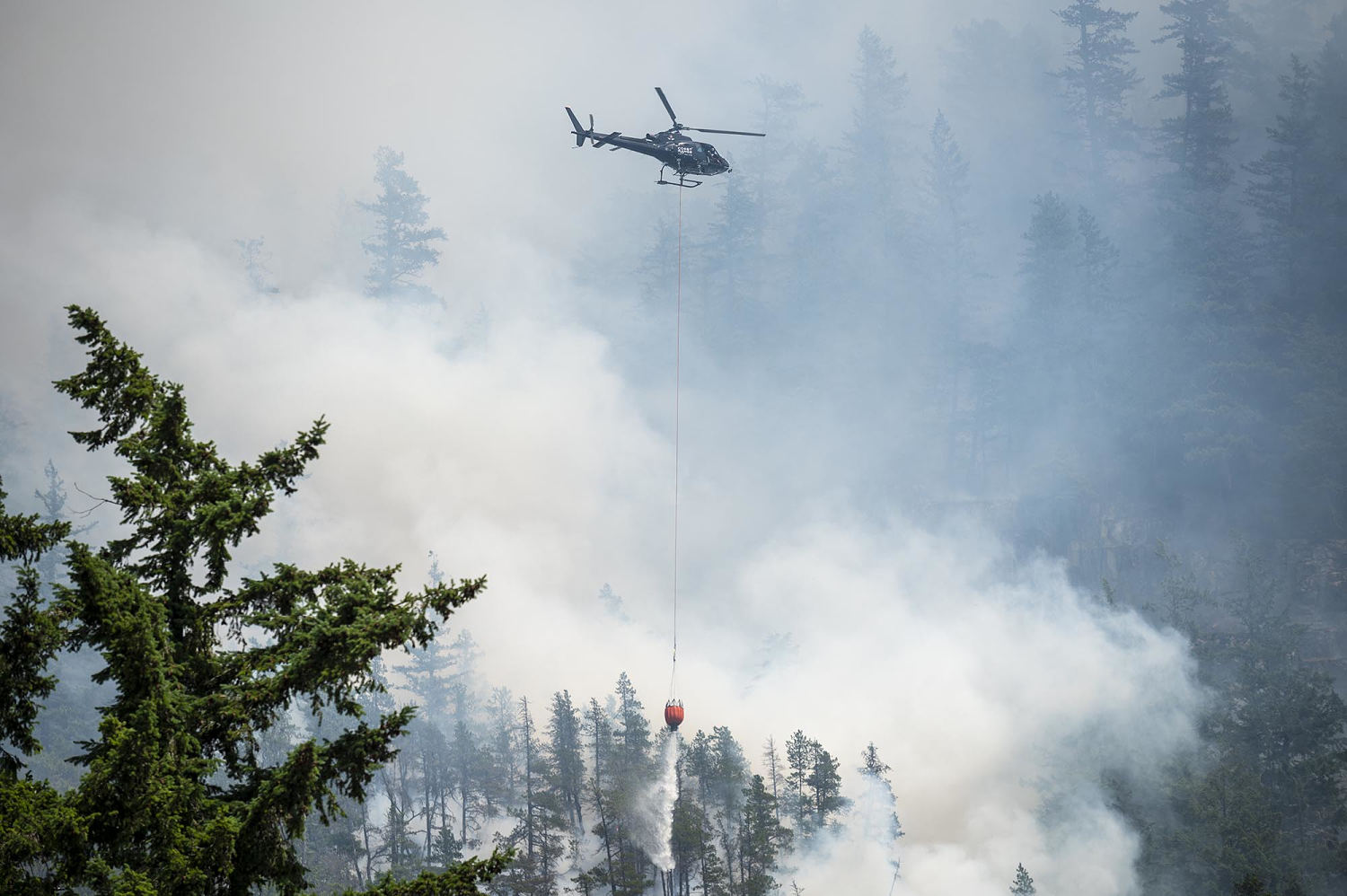
Canadian wildfire smoke is triggering air quality alerts across the U.S. Midwest and Northeast on Thursday, as the northern nation’s boreal forests continue to burn at a rate not seen except for a historic season in 2023.
Smoke from the fires, along with ozone from heat, raised air pollution levels in Minneapolis, Green Bay, Indianapolis, Cincinnati, Columbus, Pittsburgh, D.C., Philadelphia and New York, among other cities.
The fire season is off to a roaring start in Canada. So far, about 8.6 million acres have burned, according to the Canadian Interagency Forest Fire Centre. With the end of fire season still three months away, the area burned is already well above Canada’s seasonal average, which since 1983 is about 6.5 million acres.
The pace of burning in Canada is on a similar trend to 2023, which was the worst year for smoke exposure in modern U.S. history. Fire experts in Canada are concerned that the season is staged for a reprise.
“Everyone is on pins and needles expecting a year as bad as 2023,” said Robert Gray, a Canadian wildfire ecologist based in Chilliwack, British Columbia. “The forecast for most of Canada is definitely above normal for temperatures and below normal for precipitation.”
By season’s end, about 43 million acres burned across Canada that year.
Gray said most of the smoke this year is being produced by dense boreal forest in northern parts of British Columbia, Alberta and Saskatchewan. Boreal regions typically see wildfire in May and June, when the days are long and temperatures begin to rise. What happens next depends on the weather.
“It can be a quick two-week blip. The boreal starts to burn, the aspen starts to leaf out and then the weather changes,” Gray said, referring to aspen trees common to these forests. “If we don’t get the rains and leaf-out with the aspen, it could just keep going.”
Parts of northern British Columbia have been mired in drought since 2022, according to the BC Wildfire Service, which predicted “an increased likelihood of large, challenging fires” in parts of the province.
Gray said the drought, low winter snowfall and an increase of “overwintering” fires that persist from season to season are factors that have increased the likelihood of a busy fire season.
Overwintering fires continue through winter by smoldering in forest duff and peat underground, only to start up again in the spring.
“We have fires that started in 2023, and they held over through the winter into 2024,” Gray said. “Some of the same fires have popped up this year.”
When northern British Columbia burns, smoke from the fires is often carried down to the U.S. by the jet stream, a ribbon of air that encircles the Northern Hemisphere at altitude and drives pressure changes and weather patterns.
“That’s a pretty structured pattern. That doesn’t change a lot. As long as central and northern B.C. are burning in the boreal, that pattern is going to deliver smoke to the central and northeast U.S.,” Gray said.
Sometimes that smoke will stay aloft, contributing to hazy skies but not diminishing air quality substantially on the ground. Other times, it puts people at risk.
Wildfire smoke is a growing hazard across the U.S. and increasing exposure to it has chipped away at decades of air pollution progress from the Clean Air Act.
Exposure to wildfire smoke can cause inflammation and weaken the immune system, particularly when its particles penetrate the lungs and the bloodstream. This pollution may increase the risk of asthma, lung cancer or other chronic lung diseases, particularly in vulnerable groups like older people, pregnant people, infants and children. Wildfire smoke is also associated with respiratory disease, preterm birth and miscarriage.








